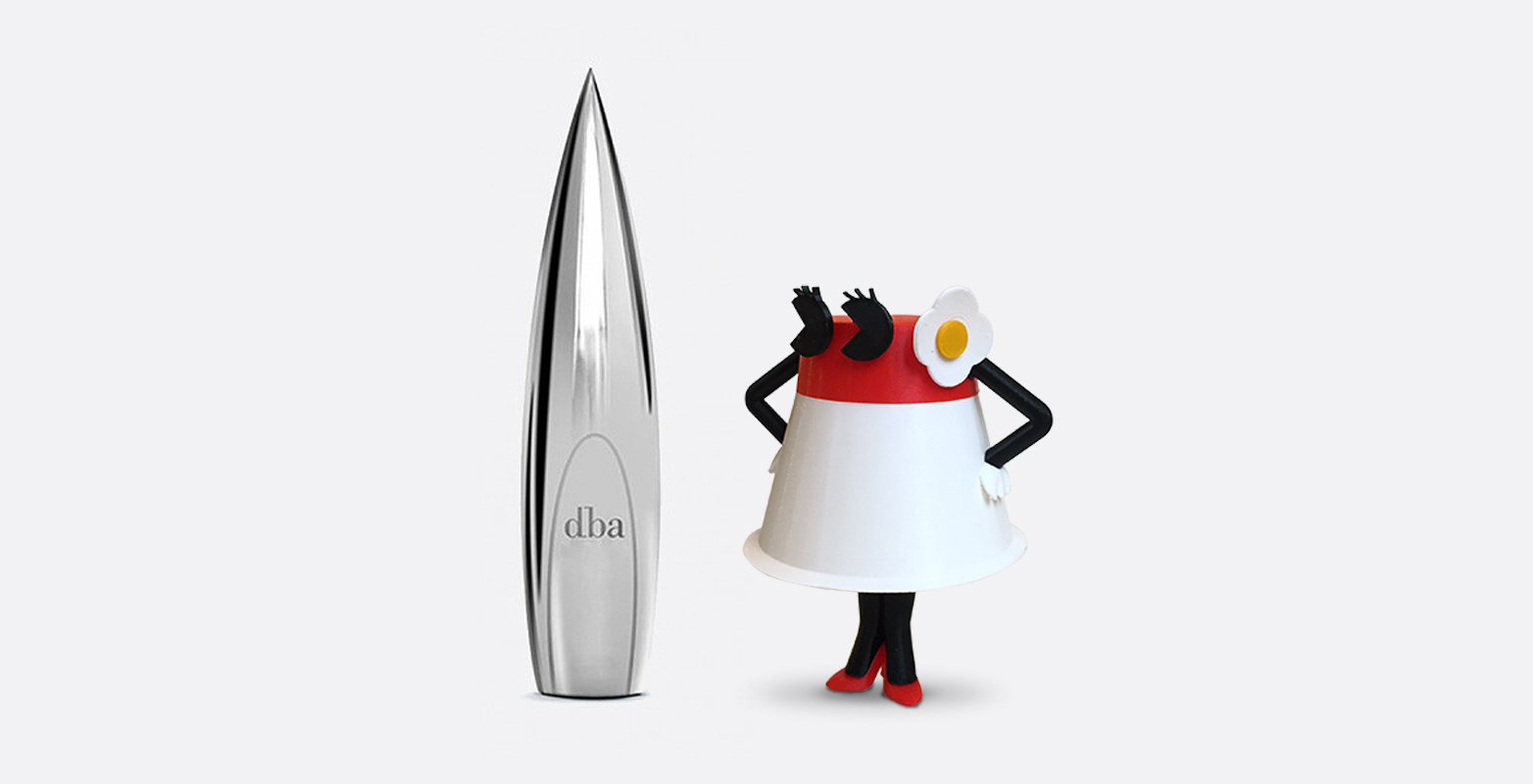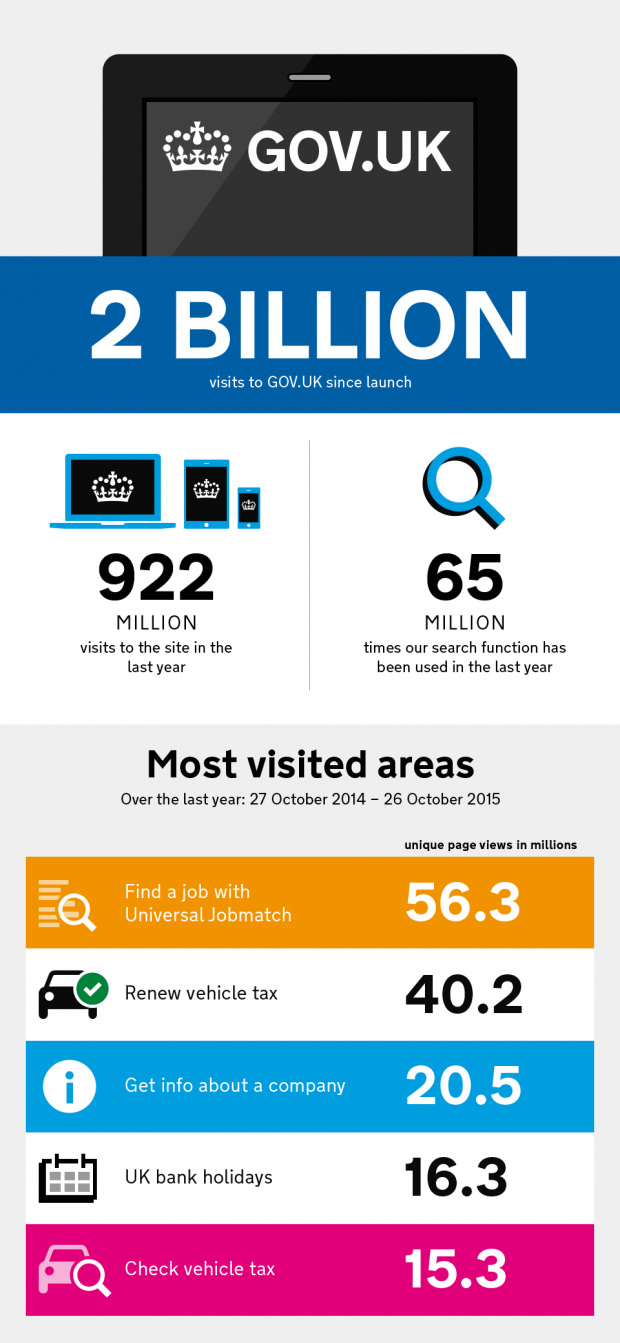Clients don’t commission branding work for fun – it has to deliver on its objectives. But unless initial investment can be measured against some hard results, success can feel very opaque, perhaps just a vague ‘sense’ it’s better than it was before.
Design is not a magic bullet, and won’t save a product or service with deeper underlying issues, be it board trouble, logistical problems or a changing marketplace. But in a market with little to differentiate products that are fundamentally the same, a strong, distinctive brand can be the difference between success and also-ran.
Art meets science
When it come to measuring that success, part of the problem is that design, at its heart, is half art, half science. This mid-ground is also what makes it endlessly fascinating to all of us at GW+Co. It’s a creative discipline, but applied to real world problems with practical goals. If it were all science, there would be a proven, clear methodology to solving design problems. Success would be entirely measurable. But that would lose the little bit of magic that makes great design great, and of course everything would look the same, removing any brand differentiation. If it were all art, value judgement would rest entirely in the eye of the beholder. (There’s inevitably an element of subjectivity as it is.) There would also be no brief to tether creative flights of fancy to (or to restrain designer egos), and the effectiveness or otherwise of the solution would be completely unprovable.
So we sit somewhere in the middle. If a brand is successful, judgement of design merit has to be somehow isolated from other factors that may have led to success: investment, new product ranges, sales region expansion, media spend etc.
Measuring up
And there are different measurements of success. The obvious one is sales – if a rebrand coincides with a marked rise in goods shifted, it looks likely one has affected the other. To check this, you might survey some of these new customers for their perceptions on the brand. (Ideally, they’ll have been a pre-rebrand perception survey too, so you can measure the difference.) There’s the internal effect, too – if sales teams and management have a spring in their step thanks to the new design work, this can only lead to good results, and surveys or testimonials can identify this. Simple brand awareness is another measure – we are bombarded with brands every day and being able to recall one that stands out from the pack is an achievement in itself.
Digitalisation means there are some concrete analytics to measure online. Number of website visitors, how long they spend there, newsletter sign ups and social media engagement can all give pretty clear indications of interest, if the web presence has been overhauled (as is normally essential for any real change). If the redesign includes a digital service or e-commerce site, the user experience will be part of the design change, and that’s getting closer to the ‘science’ end of the spectrum.
The overhaul of all UK government online services to one redesigned platform, gov.uk, is perhaps one of the clearest examples of effective design. The ‘subjective’ look and feel is kept deliberately neutral, and huge effort has been put into making the functionality as smooth and seamless as possible – a ‘relentless focus on the user’ as they put it. Usage of government services online has shot up across the board, giving clear success metrics. (And they’re publishing it all online).




